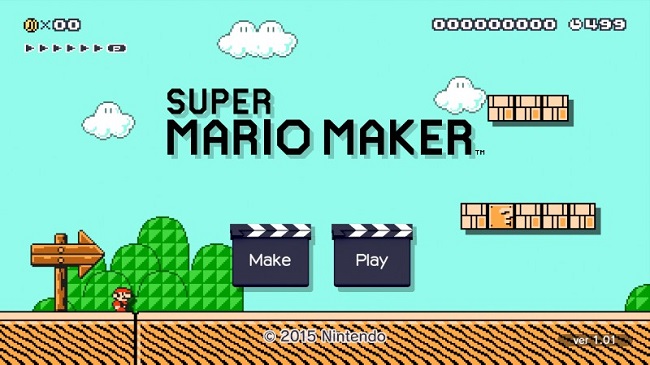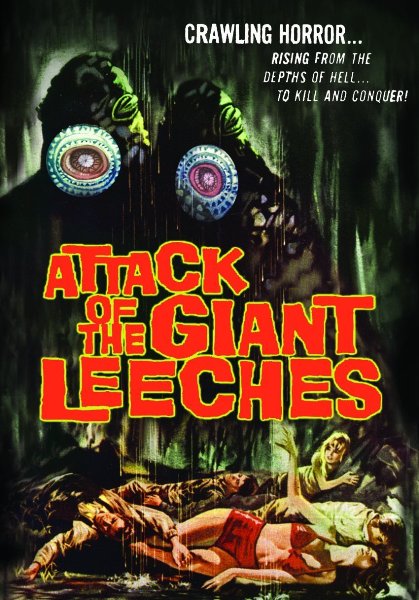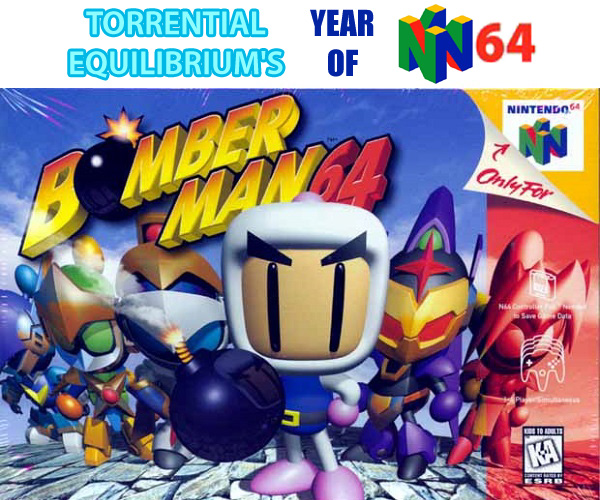For someone who spent most of his late teens rallying viciously against JRPGs, I really, really adore Dragon Quest. I came back around to enjoying the genre at large many years ago, but Dragon Quest always had a place in my heart, even though it was built almost entirely on the things I claimed to dislike about these games. I think it all comes back to Dragon Warrior Monsters.
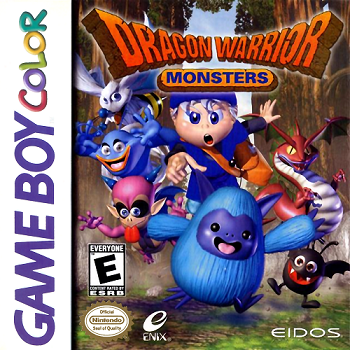 Long ago, before Enix was able to claim the Dragon Quest’s rightful title overseas, there was a game called Pokémon. It was a game about collecting and battling monsters, and it was a massive hit. A worldwide phenomenon that continues to be a force to reckon with to this day. Of course, back then, imitators immediately sprang out of woodwork from every angle. Many were new franchises, and plenty just shoehorned monster collection/battles into existing franchises. Not a single one of them ever grabbed hold of me like Dragon Warrior Monsters did.
Long ago, before Enix was able to claim the Dragon Quest’s rightful title overseas, there was a game called Pokémon. It was a game about collecting and battling monsters, and it was a massive hit. A worldwide phenomenon that continues to be a force to reckon with to this day. Of course, back then, imitators immediately sprang out of woodwork from every angle. Many were new franchises, and plenty just shoehorned monster collection/battles into existing franchises. Not a single one of them ever grabbed hold of me like Dragon Warrior Monsters did.
Unlike Pokémon and the vast majority of its knockoffs, DWM did not come in two separate versions that were largely the same, but with a handful of unique monsters. You could experience everything that the game had to offer on a single cartridge, all by your lonesome. This was already a point in its favour. Back in the day, I had no shortage of peers to trade creatures with, so it wasn’t a real problem. I just think it’s more ethical to let players access 100% of the product that they paid for without additional costs or catches (though these days, that line has long since been crossed and forgotten).
What really sets DWM apart from almost all of its kind is that it incorporates random dungeons into its gameplay. This is nothing new for the Dragon Quest series, as Torneko: The Last Hope was a true Mystery Dungeon game and came a good five years prior to DWM. So what does this really mean? It means that the floorplan for nearly every dungeon floor is randomly generated each time you enter. Items are scattered about, and finding the warp hole to the next floor is always your goal. Sometimes there are shops to find, or travelling folks who may challenge you to a monster battle. Typically the only things set in stone are the types of monsters that you will find and the boss floor.
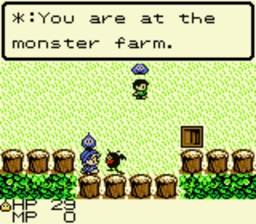
The plot of DWM wasn’t terribly different from Pokémon. Your goal in both games is to collect monsters, train them up, and win battle competitions to be the strongest trainer in the world. Though that was about it for Pokémon. Winning for the sake of winning. In DWM, it’s a little more fleshed-out, as winning the Starry Night Tournament will grant you a wish, likely to be used to rescue your recently kidnapped sister. Also I think there’s some jazz about saving the kingdom, but I don’t remember much about it and I’m not far enough in my current playthrough for that to be a thing yet.
While I can’t say with any certainty (and I’m not going to be doing any research), Enix was one giant leap ahead of Pokémon in one regard: monster breeding. Breeding was not a feature in the original Pokémon games, and while it did make its debut in the sequels, they came two years after DWM. Breeding in DWM is also a central mechanic, and very much necessary for creating strong monsters and to find certain rare species. In Pokémon, you can easily get through the game without even knowing that breeding is a thing that exists; it’s really more there for the hardcore players. The downside to DWM breeding is that it’s really more like monster fusion, as the parents will both disappear after the deed is done. In both games though, monster breeding is a tricky business with many nuances and invisible values that you need a guide to decipher. That or you can just have your monsters bang and hope for the best.
DWM absolutely beats Pokémon when it comes to hatching your monster eggs though. In Pokémon, there’s a counter that ticks down for every in-game step you take. These are usually in the tens of thousands, so breeding Pokémon is tedious as all heck. In DWM though, you just pay a small fee in gold and presto: a freshly hatched monster! (Let’s just forget that you have to spend a lot of time levelling up your monsters to get decent offspring.)
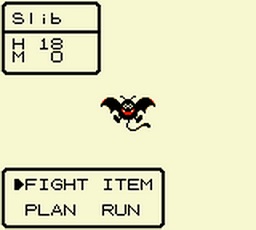
As a kid, I never beat Dragon Warrior Monsters. Why? Probably because it’s a tough game, and crafting yourself a strong team of monsters is either going to require a guide or a whole lotta grinding. Like any other Dragon Quest game, bosses in DWM are big, strong, and filled to the brim with HPs. You’re probably not going to be getting past a boss on your first trip through a dungeon, unless you luck into recruiting a few tough new monsters along the way. Most likely you’re going to have to battle your way to the end, take a lumping from the boss, and then trudge back through the dungeon with a little insight and a couple more levels to your name. Combine that with the fact that newborn monsters always start at level 1, and you’re looking at a bit of a grind. That’s kind of what Dragon Quest is known for though, so it shouldn’t come as a surprise to anyone familiar with the franchise.
If you play your cards right, though, you’ll catch a few decent monsters, fuse them into even better monsters, and then be able to tear through those dungeons without a hitch. Bosses will fall at your feet, and the world will be your oyster. But then there’s the arena. Dungeons are really just a distraction from the story and a place to grow your team; the arena is the focus of the lion’s share of the plot, and also where most of the game’s true challenge lies.
Each arena battle is three fights in a row against rival monster masters. Which, you know, doesn’t seem as bad as trekking through floor after floor of dungeons just to face a powerful boss. The catch here is that you’re not allowed to heal your team between rounds, and you can’t issue direct commands to your monsters. You can still tell them to go all out or to fight more cautiously, but their actions will be dictated entirely by their training and nature. I’ve only made it through the first arena match (which is almost tutorial-easy) in my current game, but I can remember being stymied by these fights over and over back in the day. At the very least, when you’ve assembled a team that can last all three rounds, it gives off a great deal of satisfaction.
Of course, as much as I like the gameplay on offer here, one of the greatest appeals of DWM is its heritage. This game draws from all of the Dragon Quests that came before it, bringing a rich pool of your favourite legacy monsters, even going so far as to let you breed the final bosses from the first six games. It also reuses many familiar themes from previous games, though to tell the truth, I’m not terribly familiar with DQ tunes outside of those from the first game. Writing is rarely a highlight of Game Boy games, but DWM has a fairly charming script, and all the better since it came before the time where Dragon Quest characters started being written with accents.
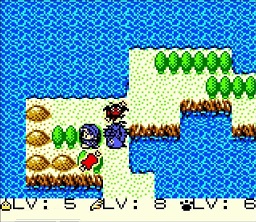
A lot of what I really love about the game is the sense of nostalgia that washes over me as I play it. I can remember booting it up for the first time in McDonald’s. I remember staying at a friend’s cottage one summer, and when we weren’t busy exploring or swimming, we’d be grinding like heck through DWM. It makes me think back on the Game Boy Color and how it blew my tiny mind. It reminds me of being dragged around with my parents as they did their shopping and whatnot. Basically, it strongly reminds me of a simpler, easier part of my life. And with all the stresses of adult life and the junk I’m dealing with these days, I often need those happy memories to put me at ease at the end of the day.
You can look at Dragon Warrior Monsters as a cash-in on the Pokémon craze of the late nineties, and you wouldn’t be wrong to do so. But it’s a very different game that works hard and succeeds at making itself stand out in a sea of also-rans. It introduced me to a handful of new and exciting video game concepts that seem expected and sometimes overused these days. I probably won’t ever be able to really get into the fancy new 3D sequels, but I can say for sure that I will always keep a copy of the original Dragon Warrior Monsters on hand, even if I only go back to it once every decade.
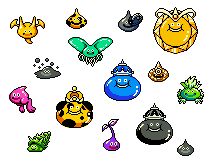

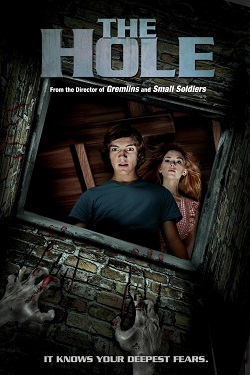 Let’s get this out there right away: this is a children’s movie. It is classified as a horror film, but all the main characters are children, there is a very small amount of violence, and there is no nudity in the least (probably for the best, in this case). I did not realize this until about a half-hour into the film.
Let’s get this out there right away: this is a children’s movie. It is classified as a horror film, but all the main characters are children, there is a very small amount of violence, and there is no nudity in the least (probably for the best, in this case). I did not realize this until about a half-hour into the film.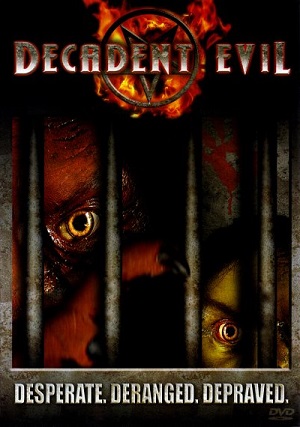 Firstly, let’s assume that I didn’t choose this one to start with because it’s pretty close to Resident Evil. (It’s also known as Decadent Evil Dead in the UK, which is just.. ugh.) Also, assume that I wasn’t growling “Decadent Eee-vil” and then giggling to myself constantly between the time when I chose to watch the movie and when I actually sat down to watch it.
Firstly, let’s assume that I didn’t choose this one to start with because it’s pretty close to Resident Evil. (It’s also known as Decadent Evil Dead in the UK, which is just.. ugh.) Also, assume that I wasn’t growling “Decadent Eee-vil” and then giggling to myself constantly between the time when I chose to watch the movie and when I actually sat down to watch it.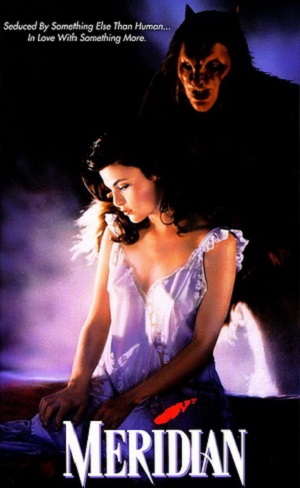 This seemed to be the most boob-filled flick of the bunch, based on the description on the back of the case, so it got second billing. In that regard, I was not disappointed. There was ample boobage on display indeed.
This seemed to be the most boob-filled flick of the bunch, based on the description on the back of the case, so it got second billing. In that regard, I was not disappointed. There was ample boobage on display indeed.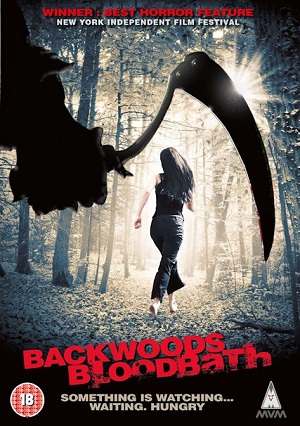 Where the heck do I even start with this one? Let’s start with the fact that this film is amateur-hour in every way. The story follows the same plot beats as every other slasher, the actors are mediocre at best, and the camerawork is all over the place. I suppose the gore is okay.
Where the heck do I even start with this one? Let’s start with the fact that this film is amateur-hour in every way. The story follows the same plot beats as every other slasher, the actors are mediocre at best, and the camerawork is all over the place. I suppose the gore is okay.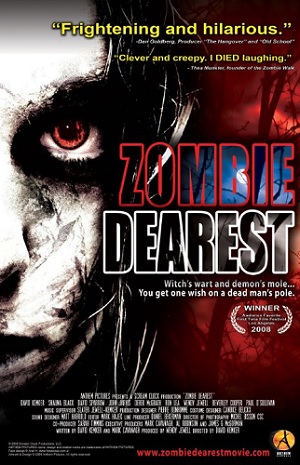 The last one on today’s lineup, as absolutely the best. By a long shot. A really, really long shot.
The last one on today’s lineup, as absolutely the best. By a long shot. A really, really long shot.